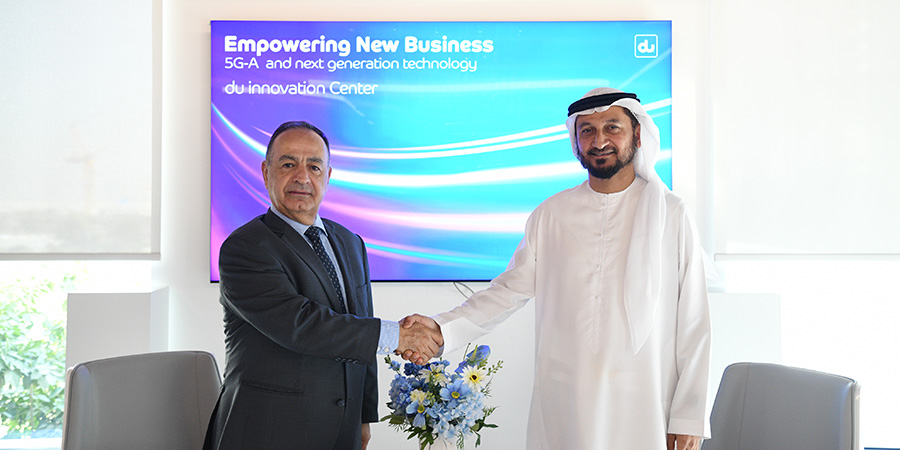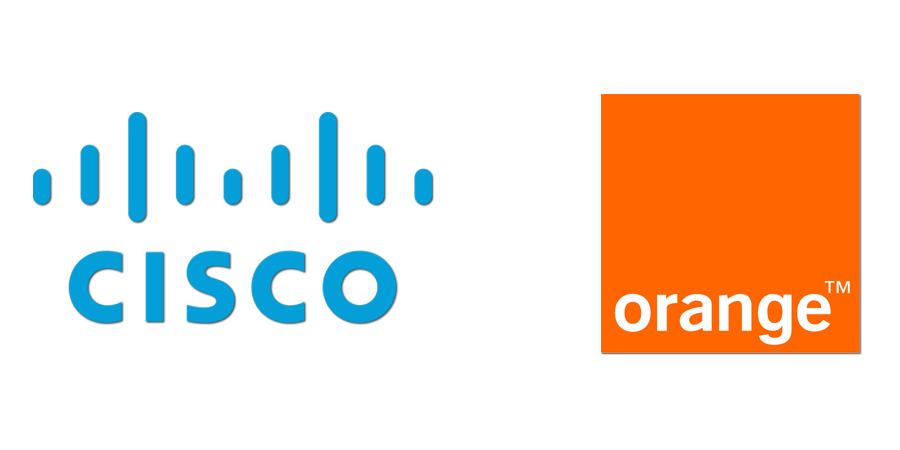Orange Business Services and Cisco are co-innovating to help customers transform their enterprise local area network (LAN) into more flexible, powerful software defined LANs (SD-LAN).
Building on its existing relationship and SD-WAN customer successes, Orange and Cisco will work with customers to develop SD-LAN solutions in its Open Labs program, tailored to address individual customers’ business challenges and use cases with network automation, analytics and security. The Orange Open Labs provide a global mix of physical and virtual resources for innovation and development. This helps companies explore their future connectivity and performance possibilities in a safe and secure environment. The benefit of hands-on experience is clear, with 80 percent of enterprises utilizing the Open Lab for an SD-WAN proof of concept (PoC) moving on to roll-out SD-WAN pilots with Orange Business Services.
“Through our innovative partnership with Cisco and a commitment to our Open Lab environment, we look forward to working together to harness the agility and scalability of SD-LAN. Leveraging our proven success with Flexible SD-WAN, we aim to create an end-to-end networking journey in an optimized, adaptable enterprise network environment,” said Pierre-Louis Biaggi, vice president, Connectivity Solutions, Orange Business Services.
A self-organized, self-serving network
The relentless growth of devices, mobile apps and data is putting huge strain on the traditional network, dramatically increasing complexity and access requirements. The SD-LAN creates a centrally-managed wired and wireless network architecture, which is easier to integrate, operate and run, enabling businesses to work faster and smarter. SD-LAN provides highly secure anytime, any device, anywhere access and a high-quality user experience.
“With the exponential growth of users and devices in a highly mobile world connecting to applications and data in multiple cloud environments, enterprises are looking to deliver security and optimal application experiences while reducing costs,” said Sachin Gupta, senior vice president, product management, Enterprise Networking, Cisco. “Building on our collaboration with Orange around Intent-based Networking, we are now expanding from SD-WAN to SD-LAN, delivering multi domain segmentation, automation and analytics.”
For campus Wi-Fi networks, SD-LAN addresses problematic deployment and visibility issues. It can effectively monitor services, access and usage on networks, and anticipate any essential upgrades to deal with the demands of wireless users. SD-LAN provides highly secure identity-driven access, defining the users, things and devices that can access the network. Access can be granted or revoked at a granular level such as setting up guest Wi-Fi groups, for example.
With IoT and the forecasted enormous number of connected devices, identifying devices and usage will be paramount. SD-LAN allows for segmentation based on the connected device, making it easy to segment groups, departments and the like. This enhances security, performance and device priority access management.










































